- All Posts
- /
- You Don’t Have to Send So Many Emails
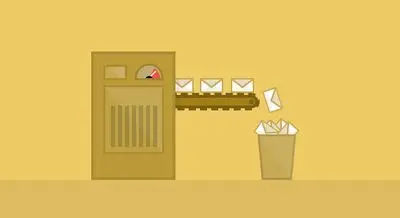
You Don’t Have to Send So Many Emails
Messaging and Automation-
 Jimmy Daly
Jimmy Daly
-
Updated:Posted:
On this page
Your customers are inundated with hundreds of messages every day. The signal to noise ratio is lower than ever.
But somehow, a handful of businesses manage to stand out in the inbox. Some rely on data to monitor behavior and trigger messages. Others invest in good, old-fashioned branding. Still others make their mark with great copywriting. There is no right way but there are plenty of wrong ones.
Regardless of your approach – and all three can work in any industry – there’s a fine line between emails that improve your customers’ experience and emails that hurt it.
Take Zazzle for example. A few months back, we wrote about their excellent shipping confirmation email. The experience started off on the right foot but it’s since devolved into an endless series of coupons and limited offers. (For the uninitiated, Zazzle is a platform that lets you customize t-shirts, mugs, hats and just about anything else. It’s also a platform for makers and artists to sell their products. And they use robots for all their product photography.)
I’ve received 243 emails in the 251 days since my first (and only) purchase.

I had a great experience on their site but now, I’m flooded with offers for everything from throw pillows to smartphone cases. The emails look great and the copy is sharp, but the overall effect is hurtful. Zazzle has commoditized their brand.
How Zazzle Could Improve Their Email Strategy
It’s easy for an outsider to offer blanket advice like “send less email.”
Vero CEO Chris Hexton offered an interesting perspective. “If this gets results for Zazzle, should they send fewer emails?” he asked. “If a key driver of their business model is these daily deals, then perhaps this strategy could be working very well. Maybe it really is the best approach for them. ”
The fact is it has worked well.
Zazzle netted around $250 million in FY2015, a 25 percent increase over 2014. “Just because we don’t love the business model doesn’t mean we can hate on the strategy,” Chris reminded me.
A CNBC profile emphasized that Zazzle is “doing something crazy by Silicon Valley standards: generating profit.” No e-commerce company – except, perhaps, Amazon – can afford to forgo profits while they build a platform, audience or brand. Whatever Zazzle is doing clearly works.
That said, daily “spray and pray” emails aren’t always the best way to appeal to customers. We like Zazzle and we’re fans of businesses actually pursuing revenue. So we pose this question: How can Zazzle send fewer emails and make more money?
Here are a few ideas.
Ask for more customer information and use it.
I went digging around my Zazzle account and found that you can complete a profile. This information is the key to better marketing. But I’ve never been asked to fill it out.
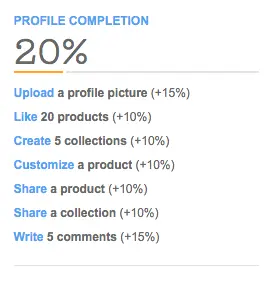
I made my first purchase on Zazzle because I wanted a custom t-shirt. They delivered and I was a happy customer. But a few days after the order shipped, the onslaught of emails began. I immediately (and subconsciously) started ignoring their marketing.
It’s smart to capitalize on the momentum of a first purchase. Instead of telling new customers about the next sale, what if Zazzle offered $5 off the next purchase in exchange for a completed profile? That would give them access to gender, location, age, social profiles and more.
Data like this unlocks an opportunity for better email.
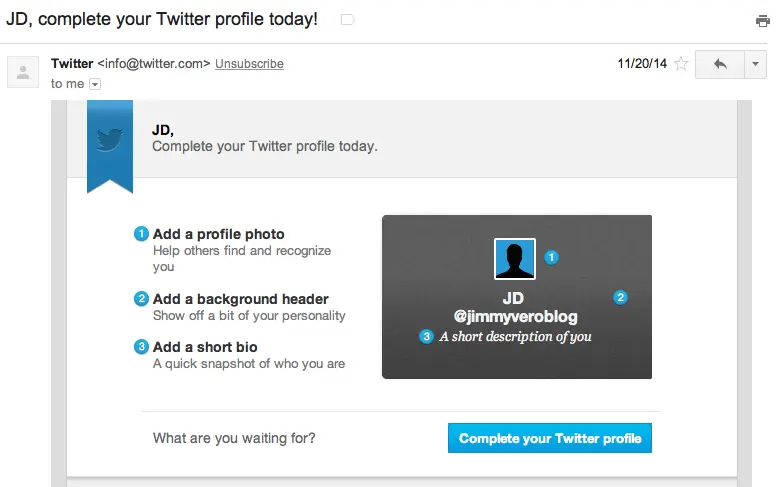
Lots of SaaS companies, like Twitter, use sign-up momentum to collect basic demographic data. E-commerce businesses like Zazzle can borrow inspiration from their SaaS peers.

Zazzle could personalize emails based on user attributes. Customers in Boston would appreciate this shirt.
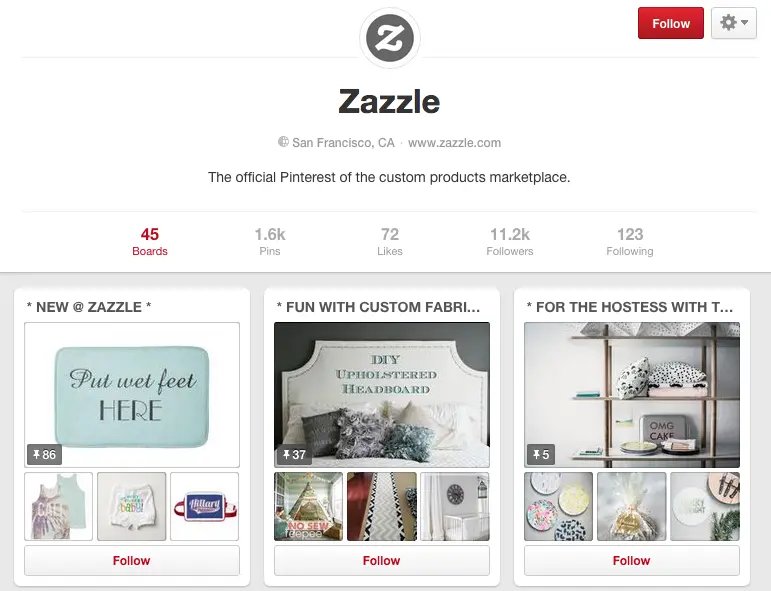
Pinterest users might be interested in their Pinterest boards.
This isn’t one-to-one email marketing but it’s a step in the right direction. Personalized offers are more compelling than exclusive discounts and weekend sales. The more Zazzle gets to know their customers, the more focused their marketing can be.
Imagine how nice it would be to surprise customers with relevant emails instead of hammering them with offers.
Automate follow-up emails based on behavior.
Inactivity and retention emails are the bread and butter of most SaaS email campaigns. Without recurring subscription revenue, e-commerce businesses need to spend even more time thinking about customer retention.
There are three different types of inactivity: initial, partial and complete. The relationship begins with an event like a purchase or email signup and customers should receive different types of emails based on how long they’ve been inactive.
In each case, behavioral emails work well because campaigns can start or stop depending the customers’ activity (or lack thereof). Here are examples of each.
Initial inactivity:
A customer makes a purchase but doesn’t view any additional products within two weeks. Go for the small win by asking them to follow you on Pinterest, write a product review, check out related products or see curated products on a blog.
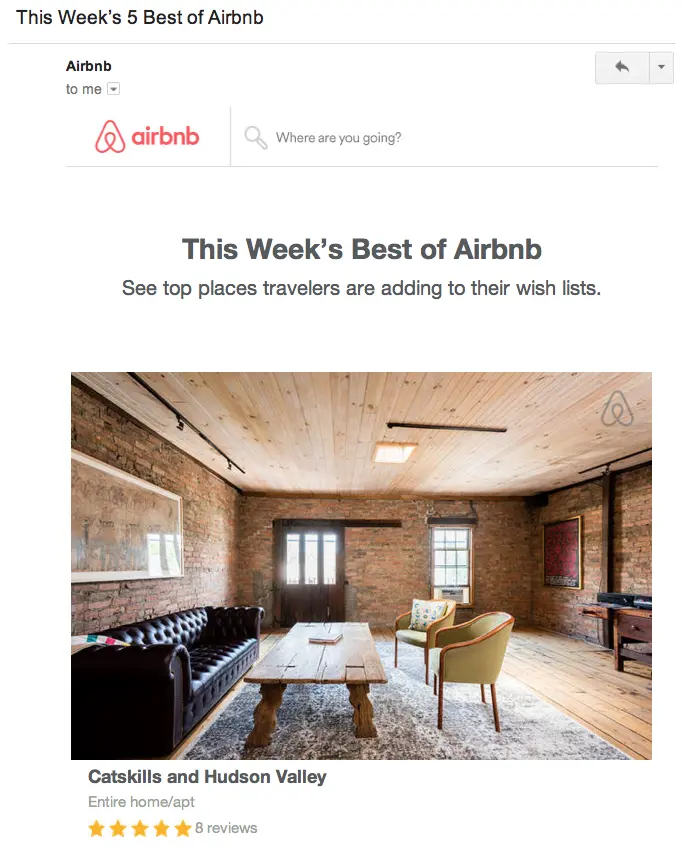
Airbnb is a good example. They curate popular listings for inactive customers.
If customers show interest in a listing, Airbnb sends specific follow-up emails. Everything here is automated. The curated emails generate activity, which can be used to send more targeted messages.
Partial inactivity:
As time passes without a repeat purchase, emails tend include more urgency and deeper discounts. That’s one way to do it. But with more data, it’s easy to send targeted emails.
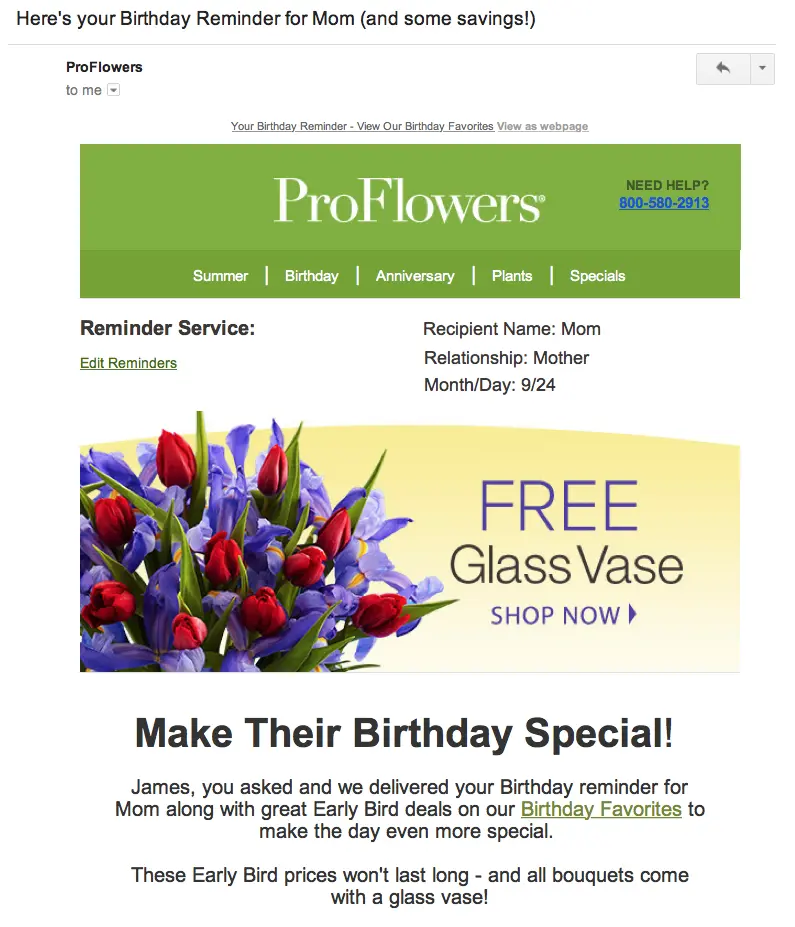
Take ProFlowers for example. Knowing that most customers are buying gifts, they send these helpful reminders. I hadn’t used ProFlowers in a year but upon receipt of this email, made another purchase. This is called a replenishment email and it’s one of the most under-utilized forms of e-commerce marketing.
Product updates are another way to engage partially inactive customers. If something new or exciting has happened since the customer last visited your site, let them know via email.
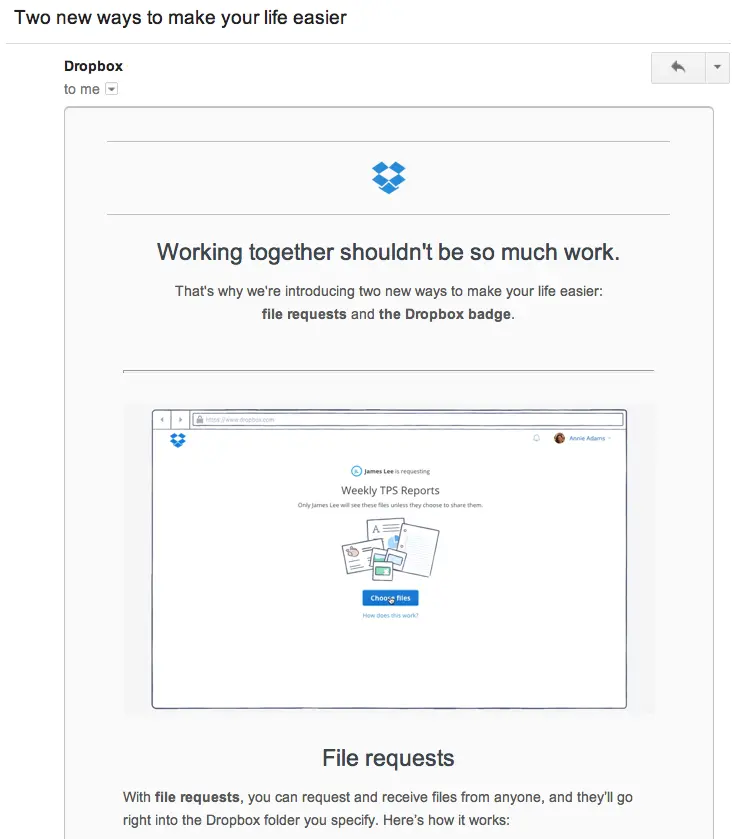
Complete inactivity:
As the months go on, it’s time to make one last offer and say goodbye.
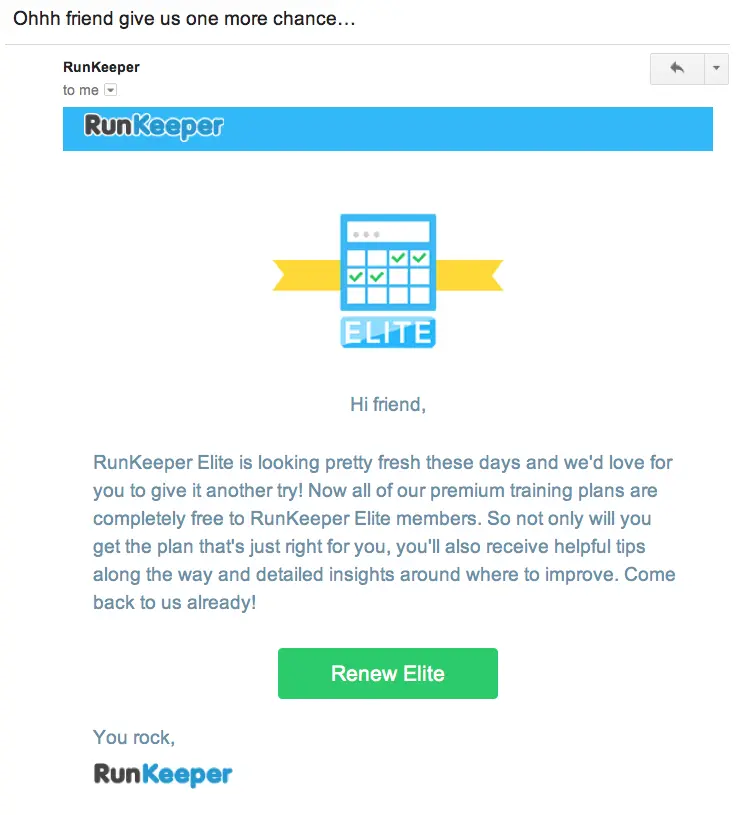
You can try a “Hail Mary” email to make a really compelling offer.
Remember though – if you’ve toned down the frequency of your marketing emails, “Hail Mary” emails stand out. Otherwise, they’re just another email that gets lost in the mix.
Use content, not products, to drive engagement.
Evernote has a problem. Their software is a blank slate. It can be used for so many things but every new customer starts at the same place: square one.
Zazzle has a similar problem. Because customers can customize products, the possibilities are endless. This is where content can provide inspiration. Evernote uses case studies and product updates to show users how to use their software. Zazzle does a bit of this on their blog and on Pinterest but it’s hidden in the footers of their emails.

Their goal is move products, not drive pageviews. But it’s hard to sell to the same customers every day. Content could dive into seasonal events, showcase what other customers are doing and provide visual inspiration for home decor and gifts.
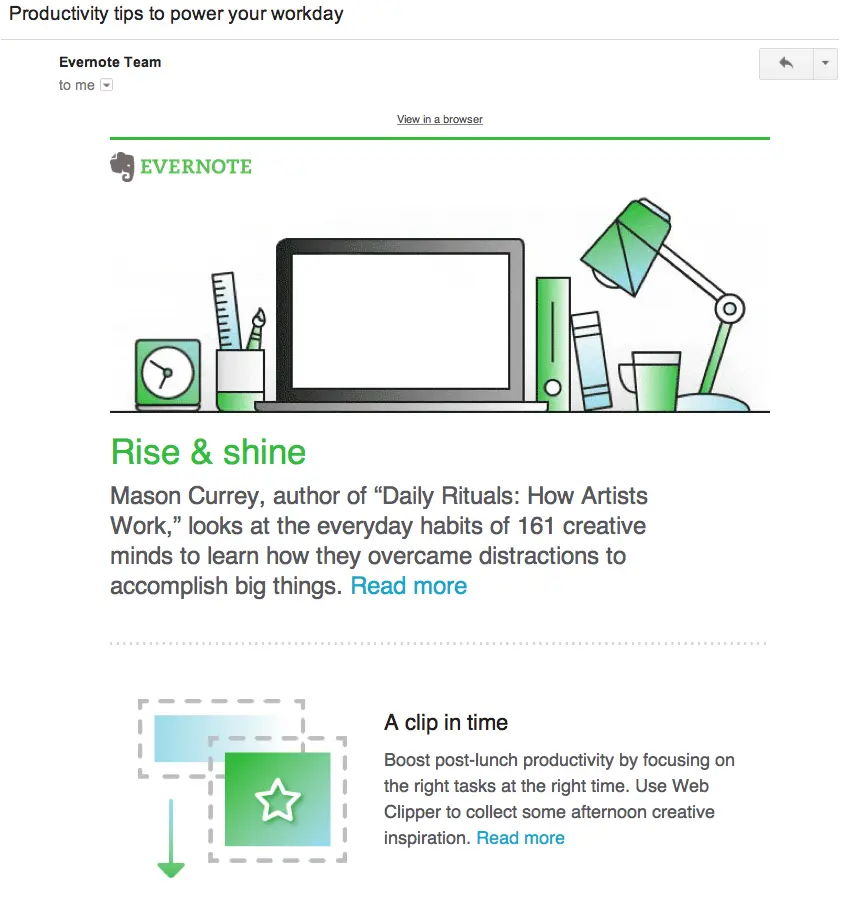
Evernote leads with content but shows how their product can help users achieve their goals.
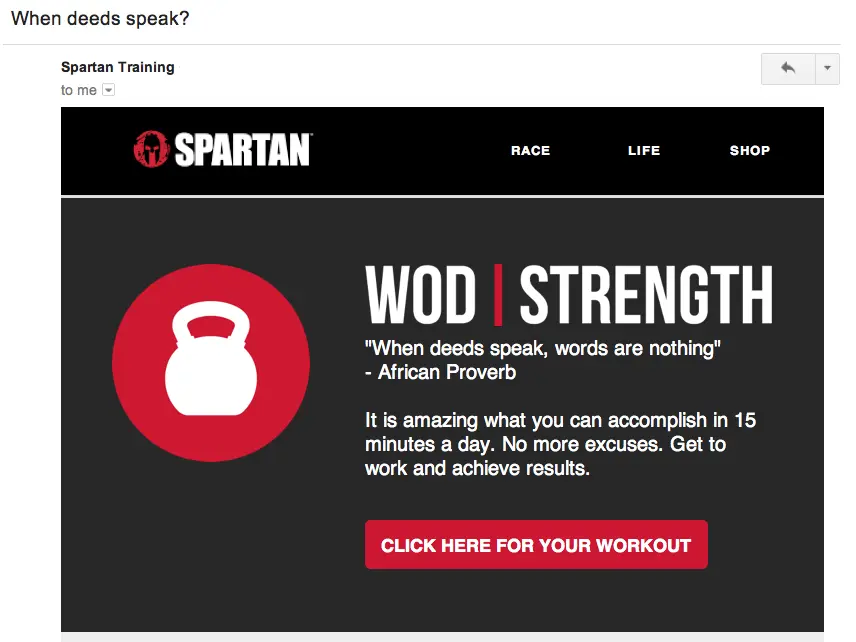
Spartan provides daily workouts in their newsletter. Instead of selling the adventure races all the time, they encourage fitness, then drive engaged users to races and other events.
Mixing content into Zazzle’s email flow would break up the monotony of the sales-heavy emails and engage customers in a new way. Content also supports social media engagement and discovery. For e-commerce companies, it’s part of a balanced marketing strategy.
Quality Over Quantity
If there’s one thing we believe in at Vero, it’s quality. Our email software is designed to make segmentation, personalization and automation happen. Instead of hacking a few different tools together to send the campaigns you know will appeal to customers, use Vero do it all in one place.
Take a look at our free trial to see how Vero can help you send quality emails that surprise and delight your customers.

